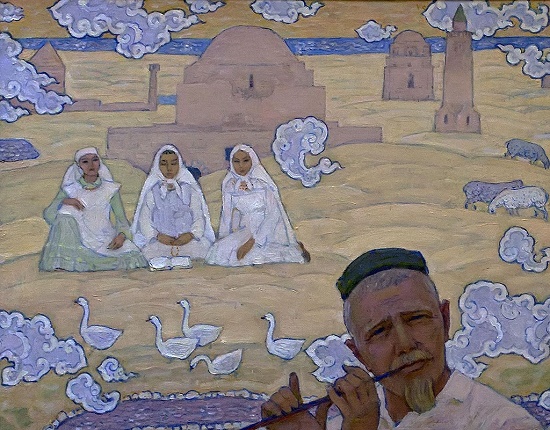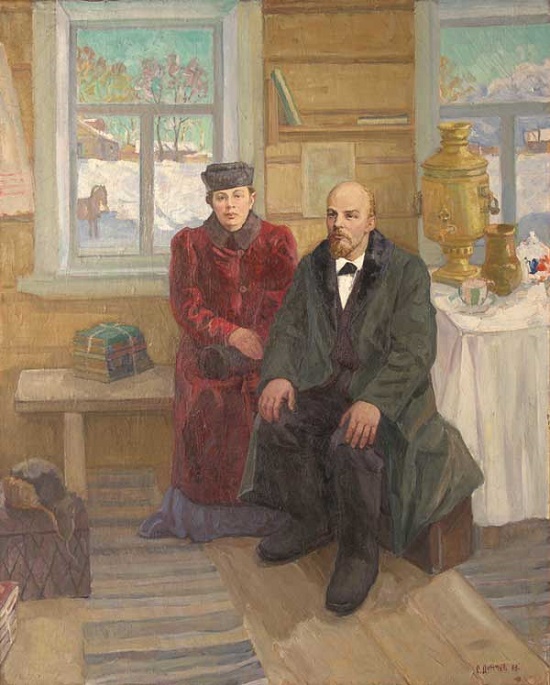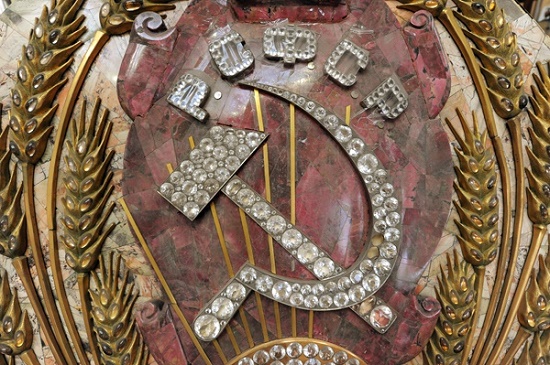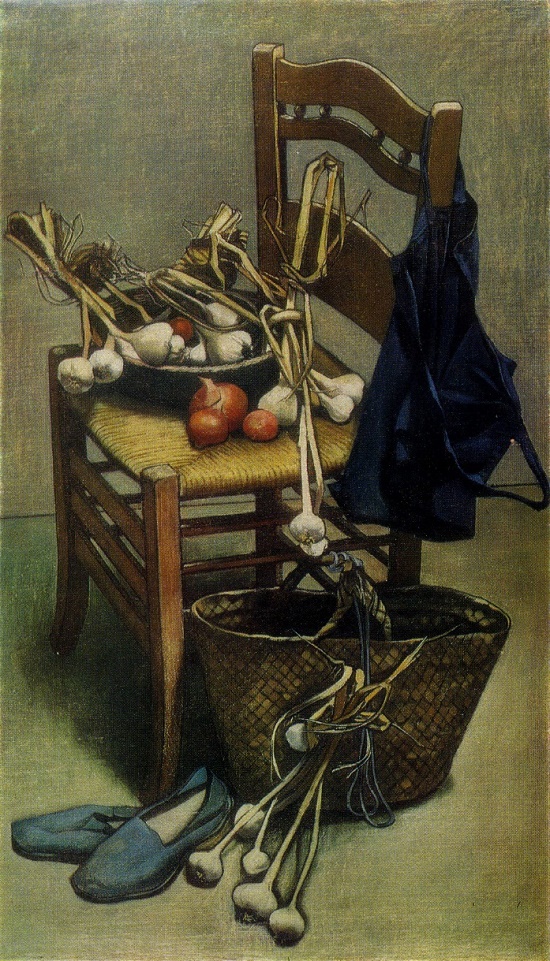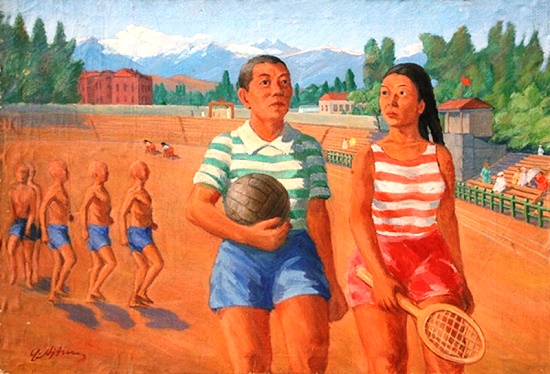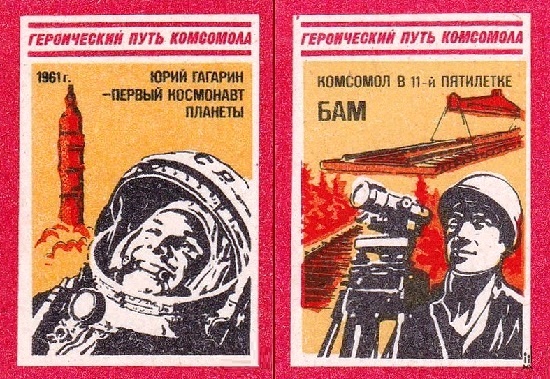Soviet Tatar artist Rifkat Mukhamedovich Vakhitov
Soviet Tatar artist Rifkat Mukhamedovich Vakhitov
Born February 26, 1938 in Izhevsk, Rifkat grew up in a typical Tatar family, where they instilled love for their national traditions. In 1965 he graduated from the Kharkov Art Institute. Aftar graduating from the institute he became a permanent participant of exhibitions of Soviet Art. And already in 1972, he became the member of the USSR Union of artists.
Meanwhile, the artist traveled a lot. Thus, the result of his creative trips to Soviet Tashkent in the 1970s, to Turkey in the mid-1990s, became his colorful landscapes. However, after a visit to America in 2012, the artist did not create a single canvas. According to the artist, the East, and in particular, Tatarstan and its culture inspire him more.
Read more »
